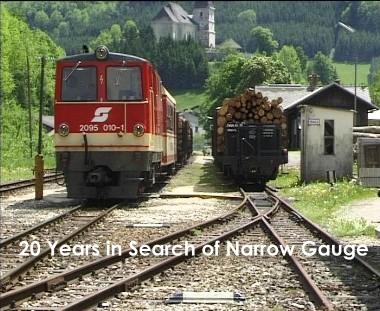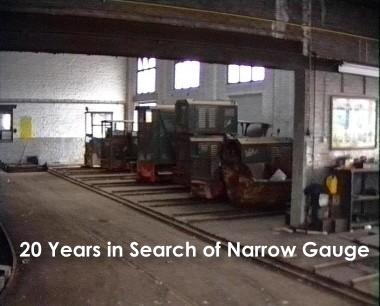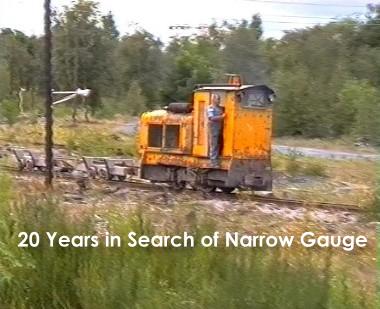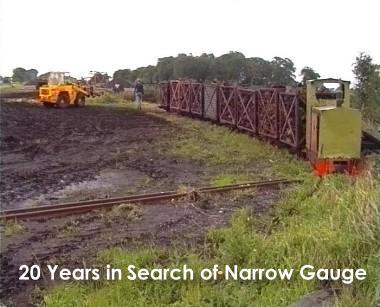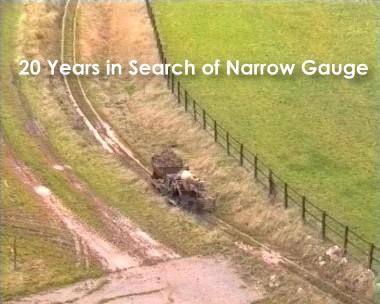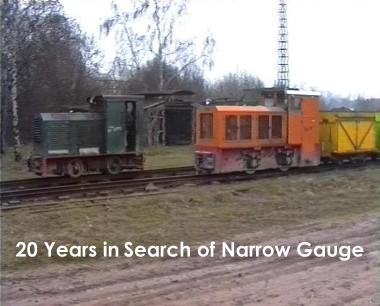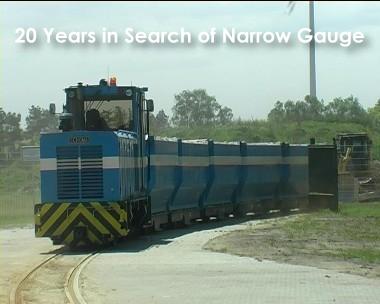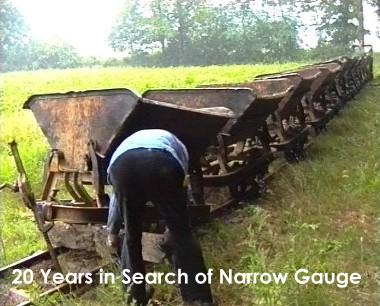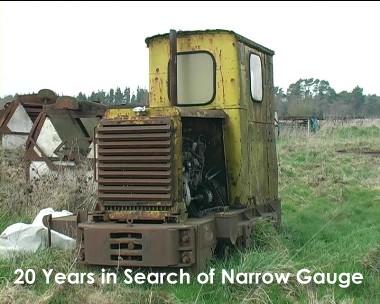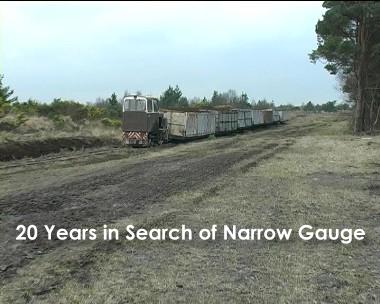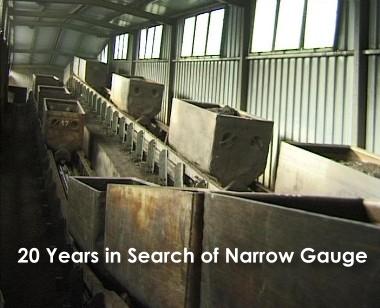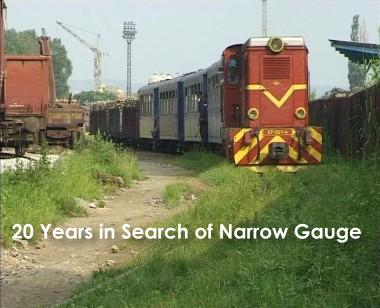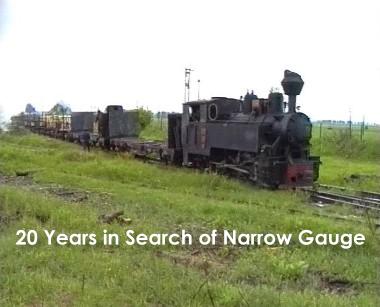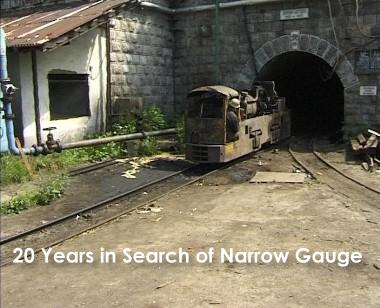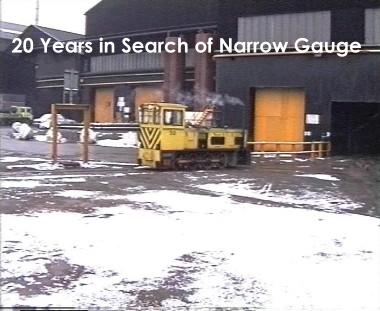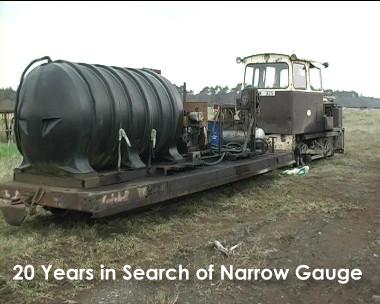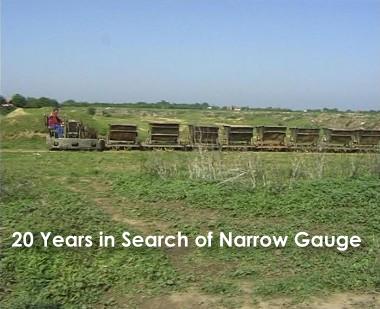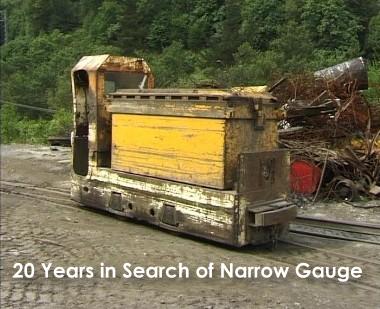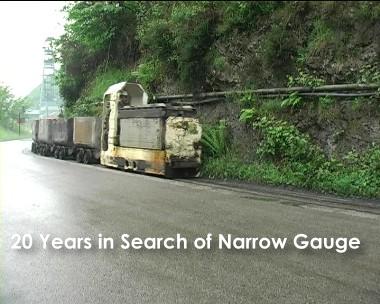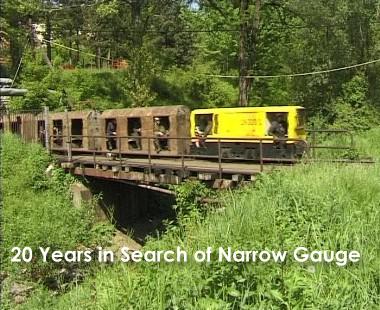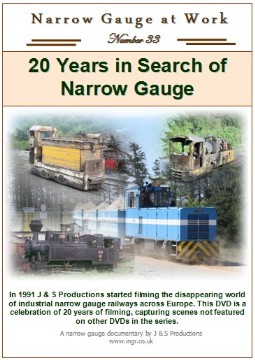
20 YEARS IN SEARCH OF NARROW GAUGE
DVD Running Time: 84 minutes
In 1991 we started to film real narrow gauge railways across Europe, as no other video producers appeared to be interested in preserving on video the minor industrial railways which were still relatively common at this time.
As time has marched on small industries producing and transporting low volumes of timber, bricks, peat, coal, etc, have all but disappeared, and with them the myriad of railways that used to serve them.
To commemorate 20 years of producing videos and DVDs capturing such railways, this DVD shows footage which has not been used on the current series of DVDs, and in some cases the footage seen may represent the only footage in existance as most of the railways featured have one by one succumbed to progress.
10 Countries are featured with 1 or 2 railways shown in each, of different gauges, different motive power, and a variety of different industries.
Please see below for stills from the production
